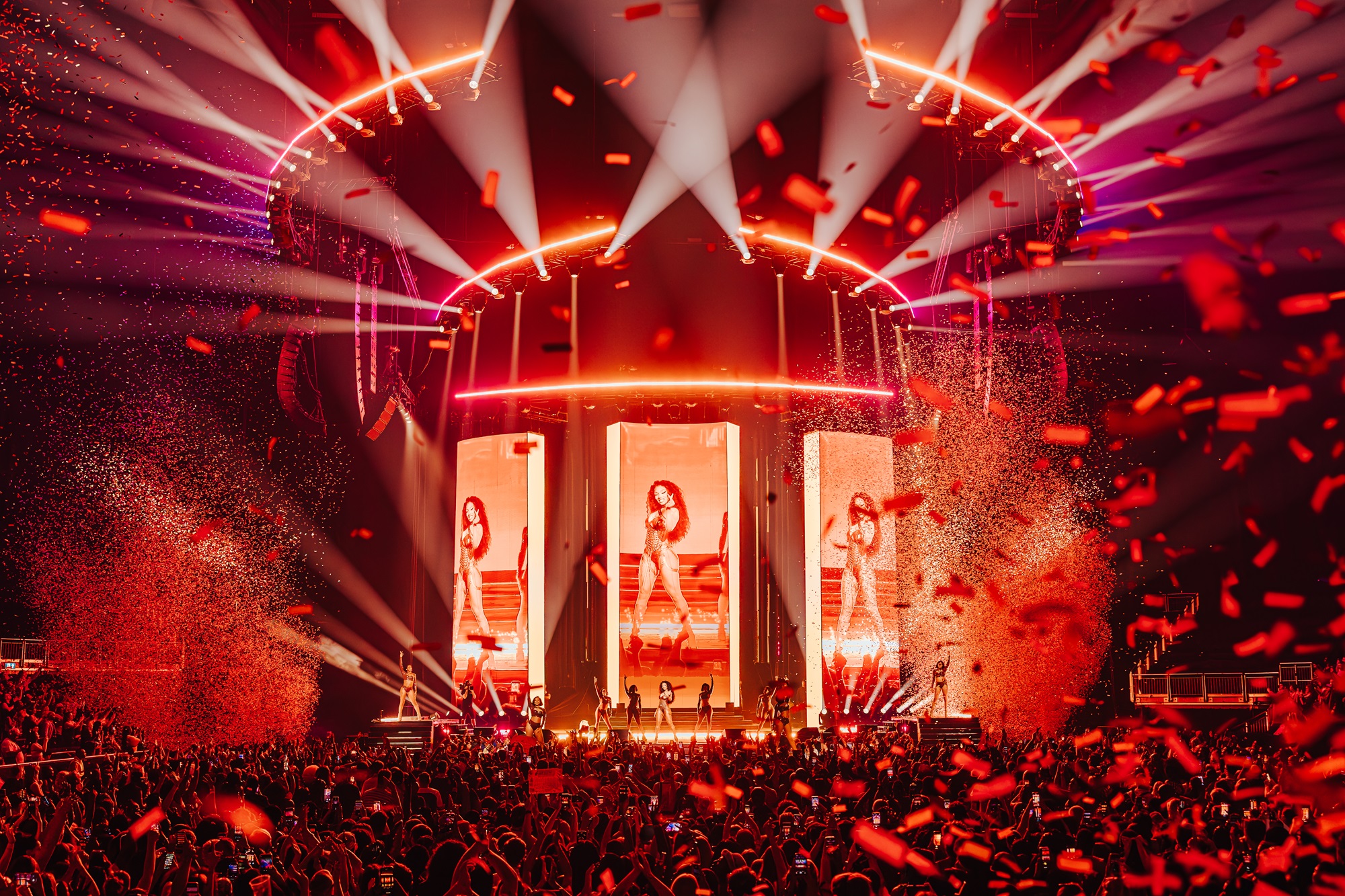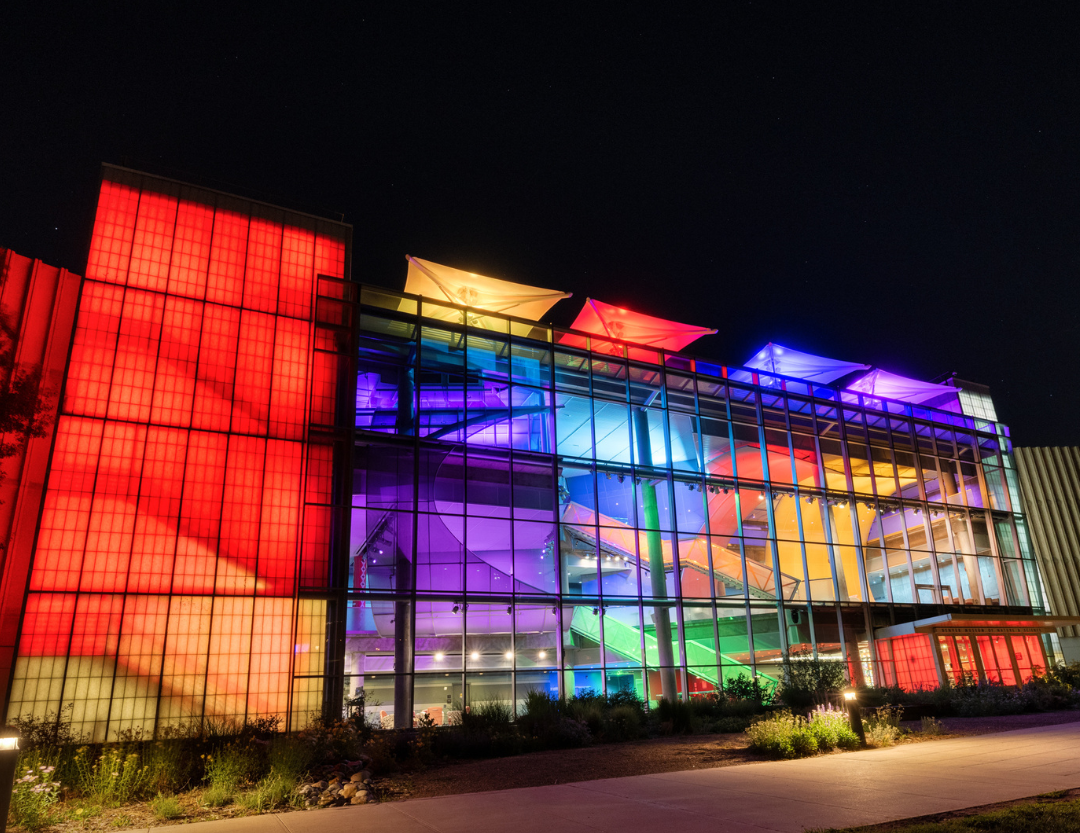NEW YORK — A memorial service for artist Robert Rauschenberg at the Metropolitan Museum of Art relied on video support from Scharff Weisberg to create an A/V “simulcast” linking images for two separate parts of the museum, the Grace Rainey Rogers Auditorium and the Egyptian Temple of Dendur. There was also a delayed Webcast of the event. “The two rooms were designed as common event space for the Memorial,” said Scharff Weisberg event manager Tony Rossello. “Each space had a host of speakers, and the presentations bounced from one space to the other. We facilitated this through eight fiber lines as part of the infrastructure of the building. We had two cameras in each room capturing the presentations.”
The auditorium served as the master control for both rooms, providing switching, playback from Grass Valley Turbos and a PowerPoint display. “When a speaker called for visuals in either space, they were called up on the Grass Valley Kayak switcher here, and placed as a PIP window in either space,” said Rossello. The crew used a Barco SLM-R12 for the single-screen projection.
For the Temple of Dendur, the crew used a Barco Screen Pro II for switching. PIPs were created locally using the media playback from the Grace Rainey Rodgers Auditorium through fiber and switched locally. Scharff Weisberg also supplied two video projection systems for the museum’s Great Hall. They consisted of double-stacked Barco SLMR10 video projectors shooting in the 16:9 format plus four 32-inch monitors on stands. All media was run from DVD sources and was unique to each screen.
“They did an excellent job and guided us through all of the technical challenges of a very complex event,” said event consultant Mark Pace, commending Tony Rossello for “not only provided us with invaluable guidance about what equipment and personnel were needed for the production, he also anticipated many of the problems that may occur when planning for a live production.”
As an example, Pace cited Rossello’s discovery “that we had the incorrect aspect ratio for the projections in the Great Hall. He could have simply stretched the image to fit the screen, but instead he alerted us to the problem and we were able to correct the aspect ratio providing stunning imagery in the balcony arches above the Great Hall. Tony also coordinated with the two production companies we used in Florida to produce background video for the production.”
Pace received “the highest of accolades” from Rauschenberg's family, the trustees of his estate, and friends who attended the memorial. “I attribute that success to the professionalism of Scharff Weisberg, the Museum staff and Glorious Food caterers. It was a pleasure to work with all of them.”
For more information, please visit www.scharffweisberg.com.


